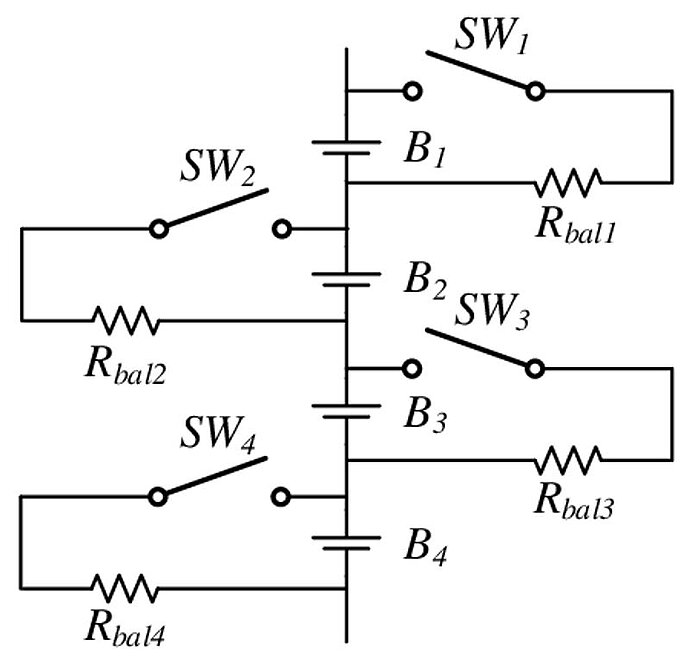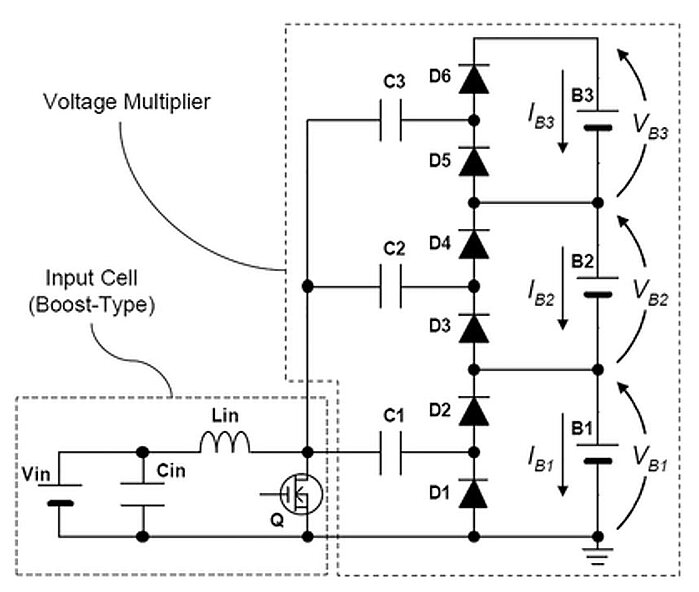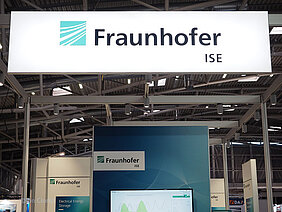Aenert. Research Laboratory news
There is common consent that batteries will play a key role in future mobility, whether in stationary energy systems, e-cars, buses or electric motorcycles. Therefore, scientists around the globe are working hard to improve existing battery technologies and make production processes easier. One of the most important steps in lithium-battery production is manufacturing of graphite electrodes. Copper foil is coated with graphite paste and then heated in a furnace at 160 to 180 degrees Celsius. This process not only consumes a lot of energy, but also uses up a lot of space, as furnaces usually are 60 and 100 meters long and can dry 100 meters of foil per minute when operating on an industrial scale. It is small wonder that many research efforts are focused on downsizing the process spatially as well as energetically.
Now (2023), scientists at Fraunhofer Institute for Laser Technology ILT in Aachen have developed a new and innovative laser-based technology for lithium-ion battery production. This technology does not only enable fast charging and provide longer service lifetime, but also makes the production process more efficient through employing a laser-based drying method. Fraunhofer ILT will be demonstrating its laser technologies for battery cell production at the Fraunhofer booth (Hall 16, Booth A12) at the Hannover Messe 2023.
In this system, a diode laser carries out the drying process. The laser has a wavelength of 1 micrometer and is linked to a special optical system which can illuminate the electrode over a large area. Contrary to the hot-air drying process, a high-intensity beam is projected onto the copper foil, coated with graphite paste, using a diode laser. The graphite then absorbs the energy and the resulting interaction causes the graphite particles to heat up and the liquid to evaporate.
Also, the team at Fraunhofer ILT was able to enhance the power density and service lifetime of the lithium-ion batteries. The achieved this by using a high-power ultrashort pulse laser (USP) with 1 millijoule of pulse energy which made a hole structure into the battery electrode (channels). These channels served as highways for the Li-ions and significantly reduced the distance the ions had to travel which, in turn, also shortens the charging process. This can prevent defects, increase the number of potential charging cycles and ultimately extend the lifetime of the battery.
The greatest achievement of the scientists was to transfer the principles of the laser technology from the laboratory to a scalable, industry-ready process and achieve the high throughput required for industrial production. This problem was solved by using a multi-beam arrangement for parallel process control where four scanners, each with six beamlets, processed the tape in parallel. They covered a width of 250 millimeters and processed the graphite layer continuously. The multi-beam optics were developed and implemented in close collaboration with Pulsar Photonics GmbH, a Fraunhofer ILT spin-off founded in 2013.
Scientists have long tried to improve the functioning of batteries. In 2021, an active cell balancing method was designed able to solve the problems with voltage imbalance between the cells or modules of a battery. The method used a multi-winding transformer. To increase the power density, the magnetising inductance was reduced and an auxiliary circuit added. The validity of the proposed circuit was verified through mode analysis and simulation. Moreover, waveforms showing the balancing performance under various conditions and the comparison results between the conventional and proposed methods were outlined.
Image: Passive balancing method
Source: Young-Hwa Park, Rae-Young Kim, Yeong-Jun Choi/ An Active Cascaded Battery Voltage Balancing Circuit Based on Multi-Winding Transformer with Small Magnetizing Inductance/ Energies 14(5):1302, February 2021/ DOI:10.3390/en14051302/ Open Access This is an Open Access article is distributed under the terms of the Creative Commons Attribution 4.0 International (CC BY 4.0)
In 2021, a novel DC–DC converter based on a series-resonant inverter and a multi-stage current-driven rectifier for the active balance charger of lithium-ion series batteries was invented. For this purpose, diodes were placed in a current-driven half-wave rectifier to control the voltage at the terminals of the batteries. The installation consisted of modules and could be expanded by adding capacitors and diodes. Testing included charging six lithium-ion series batteries, with one battery being damaged. All installations were found to be capable of charging the rest of the batteries regardless of the damaged battery. The proposed installations for the converter were shown to reduce the average balancing and charging time by 40.77% and 13.33%, respectively. The energy losses of the proposed installations were less than in common installations. Also, higher energy efficiency of the proposed installation was achieved due to the faster-balancing speed.
Image: Single‐switch multi‐output charger based on the combination of boost input cell and 3× voltage multiplier for 3‐series energy storage sources [41]
Source: Reza Farahani/ DC–DC Series‐resonant converter with multi‐stage current‐driven for balance charger of series‐connected lithium‐ion batteries/ IET Power Electronics 14(5), April 2021/ DOI:10.1049/pel2.12081/ Open Access This is an Open Access article is distributed under the terms of the Creative Commons Attribution 4.0 International (CC BY 4.0)
The new Fraunhofer coating technology provides a number of benefits: Contrary to power-intensive continuous furnaces, the diode laser is energy-efficient, and the system emits very little heat to the environment. Also, the laser drying system takes up much less space than conventional furnaces. Drying with the diode laser can reduce the energy required up to 50 percent and the space needed for a drying system on an industrial scale by at least 60 percent.
The research proves that laser technology is of great value in a digital production process and can enhance the quality of battery cells as well as significantly increase sustainability during manufacturing. The next step of this research will be to scale up the technology from the prototype to an industrial production line.
By the Editorial Board
